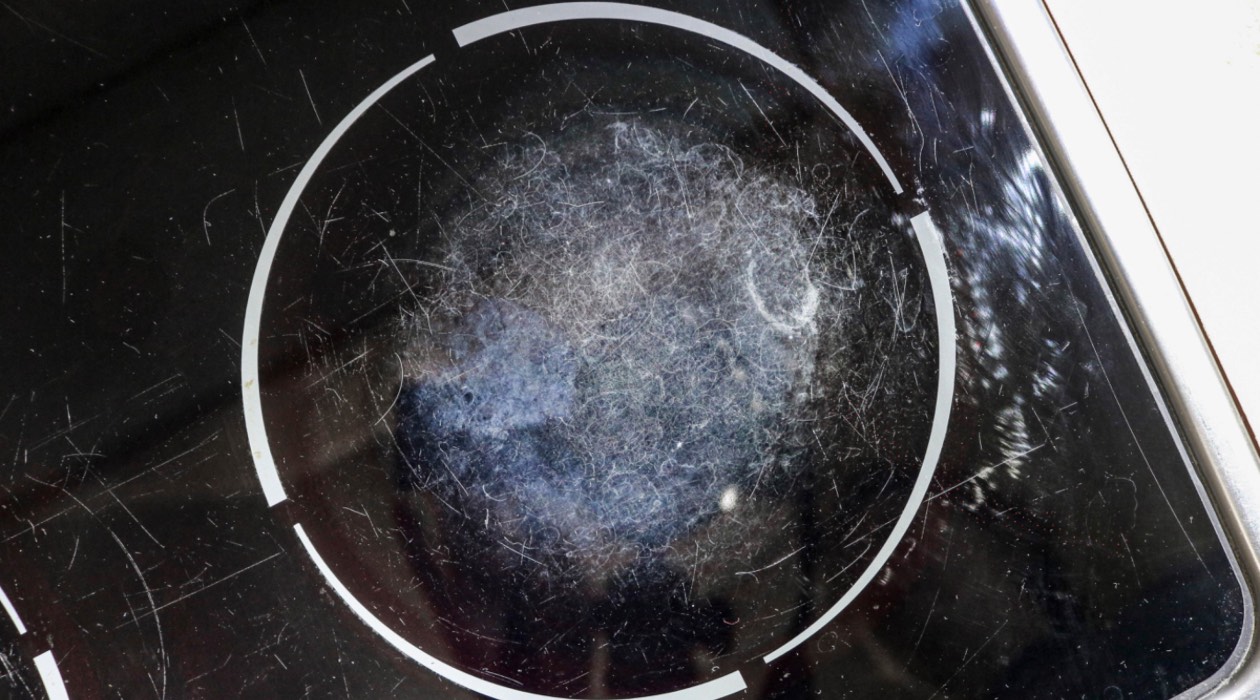

Articles
How To Get Scratches Out Of A Glass Stove Top
Modified: November 2, 2024
Learn effective methods to remove scratches from your glass stove top with our informative articles. Get your stove looking brand new again!
(Many of the links in this article redirect to a specific reviewed product. Your purchase of these products through affiliate links helps to generate commission for Storables.com, at no extra cost. Learn more)
Introduction
A glass stove top is a sleek and modern addition to any kitchen. It adds a touch of elegance and sophistication to the cooking space. However, as with any other surface, it is not immune to scratches and imperfections. These scratches can be caused by a variety of factors, such as abrasive pans, cleaning tools, or accidental drops of heavy objects.
Though scratches on a glass stove top can be unsightly, the good news is that they can often be repaired with the right techniques and tools. In this article, we will explore different methods to effectively get scratches out of a glass stove top and restore its pristine appearance.
Before we delve into the solutions, it is important to understand the nature of glass stove tops and the common types of scratches that can occur. Glass stove tops are typically made from a ceramic glass material that is designed to withstand high temperatures and provide a smooth cooking surface. This glass is relatively strong, but not completely resistant to scratches.
The common types of scratches that may appear on a glass stove top can fall into two categories: superficial scratches and deep scratches. Superficial scratches are minor surface abrasions that may not affect the overall functionality or appearance of the stove top. On the other hand, deep scratches penetrate the surface layer of the glass and can be more challenging to repair.
Assessing the severity of the scratches is essential before proceeding with any repair method. Superficial scratches can often be treated successfully at home using non-abrasive cleaners and gentle buffing techniques. However, for deep scratches or extensive damage, it may be necessary to seek professional help or consider replacing the stove top altogether.
In the following sections, we will explore various techniques for removing scratches from a glass stove top. It is important to note that preventive measures are crucial to avoid further scratching, so we will also provide tips on how to prevent future damage. With the right approach and a bit of patience, you can restore the look of your glass stove top and enjoy the beauty of a scratch-free cooking surface once again.
Key Takeaways:
- Repairing scratches on a glass stove top requires assessing the severity of the damage and using non-abrasive cleaners, gentle buffing techniques, or commercial repair kits. Prevention through careful usage and regular maintenance is essential to avoid future scratches.
- For deep or extensive scratches, seeking professional help may be necessary. Professionals can effectively assess and repair the damage, ensuring the glass stove top remains a stunning and functional centerpiece in the kitchen.
Read more: How To Remove Scratches From Glass Cooktop
Understanding Glass Stove Tops
Glass stove tops have become increasingly popular in modern kitchens due to their sleek design and easy cleaning. Understanding the construction and properties of glass stove tops can help in effectively managing and maintaining them.
Glass stove tops are typically made from a type of ceramic glass that is highly resistant to high temperatures. This glass is subjected to a special manufacturing process that strengthens it and makes it suitable for use in stovetops.
One of the advantages of glass stove tops is their smooth and flat surface, which provides even heating and allows for easy movement of pots and pans. However, this surface is prone to scratches and damage if not handled properly.
It is important to note that there are different types of glass stove tops, such as tempered glass, ceramic glass, and induction glass. Each type has its own unique properties and maintenance requirements. Tempered glass stove tops, for example, are more resistant to heat and impact, making them a popular choice among homeowners.
When it comes to cleaning a glass stove top, it is crucial to use the right products and techniques. Abrasive scrubbers or cleaners can cause permanent scratches on the surface. Instead, it is recommended to use non-abrasive cleaners specifically designed for glass stove tops.
Furthermore, it is important to be cautious when using heavy or rough-bottomed cookware on a glass stove top. These can potentially scratch or damage the surface. Opting for smooth-bottomed cookware and avoiding dragging or sliding pots and pans across the surface can help prevent scratches.
Proper maintenance of a glass stove top involves regular cleaning and careful usage. Wiping off spills or stains immediately after cooking can prevent them from drying and becoming harder to remove. Regularly cleaning the stove top with a soft cloth or sponge and a mild cleanser can help keep it in optimal condition.
Understanding the properties and maintenance requirements of glass stove tops is essential for their long-term durability and appearance. By taking the necessary precautions and following the recommended cleaning and usage guidelines, you can enjoy a scratch-free and sparkling glass stove top in your kitchen for years to come.
Common Types of Scratches
Scratches on a glass stove top can occur due to various factors, and understanding the common types of scratches can help in identifying the best approach for repairing them.
1. Surface Scratches: Surface scratches are the most common type and are usually shallow, affecting only the top layer of the glass. These scratches are often caused by the use of abrasive cleaning tools, such as steel wool or harsh scouring pads. They can also result from sliding pots and pans across the surface without proper care.
2. Hairline Scratches: Hairline scratches are thin scratches that are barely visible to the naked eye. They are typically caused by accidental contact with sharp objects or the use of rough cleaning materials. While these scratches may not affect the functionality of the stove top, they can be an eyesore and may accumulate dirt and grime over time.
3. Deep Scratches: Deep scratches penetrate beyond the surface layer of the glass and can be more challenging to repair. These scratches are often caused by dropped objects with sharp edges or heavy pots and pans dragged across the surface. Deep scratches can affect the smoothness of the cooking surface and may require professional intervention or even stove top replacement in severe cases.
When assessing the severity of scratches, it is crucial to consider factors such as the depth, length, and location of the scratches. Superficial surface scratches can often be repaired using gentle cleaning methods and polishing techniques. However, deep or extensive scratches may require more advanced repair methods or professional assistance.
Understanding the common types of scratches on a glass stove top allows you to evaluate the damage accurately and select the appropriate repair approach. Remember, prevention is key, so taking precautions and avoiding abrasive materials or rough handling can minimize the occurrence of scratches and keep your glass stove top looking pristine.
Assessing the Severity of the Scratches
Before attempting any repair method, it is important to assess the severity of the scratches on your glass stove top. This will help you determine the best course of action and avoid potential further damage.
1. Visual Inspection: Start by visually inspecting the scratches. Look closely at the depth, length, and location of each scratch. Surface scratches and hairline scratches are generally less severe and can often be addressed with DIY repair methods. Deep scratches, on the other hand, may require professional assistance or even stove top replacement.
2. Run Your Fingers: Gently run your fingers over the scratches to feel their depth and roughness. Superficial scratches will typically feel smooth to the touch, while deep scratches may have a more distinct groove. This tactile evaluation can provide additional insight into the severity of the scratches.
3. Assessing Functionality: Consider the impact of the scratches on the functionality of your glass stove top. Surface scratches and hairline scratches usually do not affect the performance of the stove top, but deep scratches may impede heat distribution or cause uneven cooking. In such cases, professional intervention may be necessary.
4. Evaluate the Aesthetic Appeal: Scratches can be unsightly, especially if they are visible and accumulate dirt or residue. Consider how the scratches impact the overall appearance of your glass stove top. Surface and hairline scratches can often be buffed out or concealed, while deep scratches may require more extensive repair or replacement.
Based on the assessment of the scratches, you can determine the appropriate repair method. For minor surface scratches or hairline scratches, DIY solutions like non-abrasive cleaners or gentle buffing may yield satisfactory results. However, if the scratches are deep, extensive, or affecting the functionality of the stove top, it is advisable to consult a professional or consider replacing the glass top.
Remember, each scratch is unique, and the severity may vary. Assessing the severity of the scratches on your glass stove top allows you to make informed decisions about repair options and ensures the best possible outcome for restoring its appearance and functionality.
Preparing the Stove Top
Before you begin the process of removing scratches from your glass stove top, it is important to properly prepare the surface. Preparing the stove top ensures that you have a clean and safe working area and helps to optimize the effectiveness of the repair method you choose.
Here are the steps to prepare your glass stove top:
- Turn Off and Cool Down: Make sure the stove top is turned off and completely cooled down before starting any repairs. Working on a hot surface can be dangerous and may affect the effectiveness of the repair method.
- Clear the Surface: Remove any pots, pans, or other items from the stove top. You want to have a clear and accessible surface to work with. This will prevent any accidental damage or interference while you’re repairing the scratches.
- Clean the Stove Top: Thoroughly clean the entire stove top using a non-abrasive cleaner specifically designed for glass stove tops. Avoid using harsh or abrasive cleaners as they can further damage the surface. Wipe away any grease, stains, or residue, ensuring that the surface is clean and free from any debris that could interfere with the repair process.
- Cover the Burners: If you’re using any liquids, creams, or repair products that could potentially drip or spill, it’s a good idea to cover the burner elements with a protective material like aluminum foil. This will prevent any accidental staining or damage to the burners.
- Protect Surrounding Areas: Place a towel or protective cover around the edges of the stove top to protect the surrounding surface or countertops from potential spills or scratches.
By properly preparing your stove top, you create a safe and clean workspace for repairing the scratches. Additionally, cleaning the surface removes any dirt or grime that may interfere with the repair process and ensures the best possible results. Remember to always follow the manufacturer’s instructions for cleaning and maintenance to avoid any damage to your glass stove top.
Read more: How To Protect Glass Cooktop From Scratches
Using Non-abrasive Cleaners
Non-abrasive cleaners are an effective and safe option for removing surface scratches from your glass stove top. These cleaners are specially formulated to be gentle on the surface while effectively removing dirt, stains, and minor scratches.
Here’s a step-by-step guide on using non-abrasive cleaners to repair scratches:
- Select a Non-Abrasive Cleaner: Choose a non-abrasive cleaner that is specifically designed for glass stove tops. Avoid using harsh or abrasive cleaners that can further damage the surface.
- Apply the Cleaner: Squeeze a small amount of the non-abrasive cleaner onto the scratched area or directly onto a soft, damp cloth.
- Gently Rub the Surface: Using circular motions, gently rub the cleaner into the scratched area. Apply light pressure and avoid scrubbing too vigorously, as this can potentially worsen the scratches or cause new ones.
- Continue the Process: If the scratches are not completely removed, repeat the process a few more times. Be patient and allow the cleaner to work its magic gradually.
- Wipe Clean: Once you’re satisfied with the results, use a clean, damp cloth to wipe away any residue or remaining cleaner from the surface. Rinse the cloth frequently to ensure a thorough wipe down.
- Dry the Stove Top: Use a dry, lint-free cloth to gently dry the stove top. This will prevent any water spots or streaks from forming and give your glass stove top a sparkling finish.
It’s important to note that non-abrasive cleaners may not be able to completely remove deep scratches. However, they are effective for minimizing the appearance of surface scratches, making them less noticeable and enhancing the overall look of your glass stove top.
Remember, always follow the manufacturer’s instructions when using non-abrasive cleaners. Additionally, it’s a good practice to regularly clean your glass stove top with these cleaners to prevent the formation of new scratches and maintain its pristine condition.
Use a non-abrasive cleaner and a soft cloth to gently buff out the scratches. Apply the cleaner to the cloth and rub in a circular motion until the scratches are no longer visible.
Try Buffing the Scratches Out
Buffing is a technique that can be used to minimize the appearance of surface scratches on your glass stove top. By gently polishing the scratched area, you can help to smooth out the surface and make the scratches less noticeable. Here’s how to effectively buff scratches out of a glass stove top:
- Gather the Necessary Supplies: To buff out the scratches, you’ll need a microfiber cloth, a glass cooktop cleaner, and a glass polish or ceramic stovetop cleaner.
- Apply the Cooktop Cleaner: Apply a small amount of the glass cooktop cleaner to the scratched area. Spread it evenly using the microfiber cloth.
- Buff the Scratches: Using light pressure, buff the scratched area in a circular motion. Focus on the scratches specifically, but make sure to blend the surrounding areas to achieve an even finish. Continue buffing for a few minutes, or until you see an improvement in the appearance of the scratches.
- Remove Residue: Wipe away any excess cleaner with a clean part of the microfiber cloth. Make sure to remove any residue or excess cleaner to avoid streaks or smudges on the glass surface.
- Apply Glass Polish: If the scratches are still partially visible, you can further improve the results by applying a glass polish or ceramic stovetop cleaner specifically designed to buff out scratches. Follow the instructions on the product and carefully apply it to the scratched area.
- Buff Again: Using the microfiber cloth, gently buff the scratched area with the glass polish, using circular motions. Be patient and continue buffing until you see the desired improvement in the appearance of the scratches.
- Clean and Dry: Once you’re satisfied with the result, clean the stove top with a damp cloth to remove any remaining residue from the scratch repair process. Finally, use a dry cloth to gently dry the surface and give it a polished finish.
Buffing out scratches from your glass stove top requires patience and a gentle touch. It is important to remember that deep or extensive scratches may not be completely eliminated with buffing alone. In such cases, professional assistance may be necessary.
Regular maintenance and preventive measures, such as using appropriate cookware and cleaning methods, can help minimize the occurrence of scratches on your glass stove top. By incorporating buffing into your cleaning routine, you can keep your stove top looking its best and maintain a scratch-free cooking surface.
Utilizing Commercial Glass Stove Top Repair Kits
If non-abrasive cleaners and buffing techniques do not effectively remove the scratches from your glass stove top, you may want to consider utilizing a commercial glass stove top repair kit. These kits are designed specifically to address and repair scratches on glass surfaces. Here’s a step-by-step guide on how to utilize a commercial repair kit:
- Research and Purchase a Repair Kit: Look for reputable brands that offer glass stove top repair kits. Read reviews and select a kit that is suitable for the type of scratches you have on your stove top.
- Preparation: Before starting the repair process, ensure that your glass stove top is clean and dry. Remove any loose dirt or debris from the scratched surface.
- Follow the Instructions: Read and follow the instructions provided with the repair kit carefully. Each kit may have different components and application techniques, so it’s important to understand the specific steps required.
- Apply the Repair Solution: Use the applicator provided in the kit to apply the repair solution onto the scratched area. Follow the instructions regarding the amount to be used and the technique for application.
- Allow the Solution to Set: Most repair kits require you to let the solution sit on the scratches for a specific amount of time. Follow the recommended waiting period to allow the solution to effectively work on the scratches.
- Buff and Polish: After the waiting period, use a soft cloth or the provided buffing material to gently buff and polish the repaired area. Follow the recommended technique and apply light pressure to avoid causing further damage.
- Clean and Assess: Once done, clean the surface to remove any residue from the repair process. Use a damp cloth to wipe away any excess material and assess the results. If necessary, repeat the process for deeper or more stubborn scratches.
- Follow Post-Repair Care: Pay attention to any post-repair care instructions provided with the kit. This may include avoiding certain cleaning agents or activities for a specific period to allow the repair solution to fully cure and provide long-lasting results.
Commercial glass stove top repair kits can be effective in treating superficial and some deeper scratches. However, it’s important to note that severe scratches or extensive damage may not be fully repairable and could require professional assistance or stove top replacement.
Remember to always exercise caution when using a repair kit, and follow the instructions provided by the manufacturer. If you’re unsure about using a commercial repair kit, it is best to consult a professional to ensure the optimal outcome for your glass stove top.
Seeking Professional Help
If you have deep or extensive scratches on your glass stove top that cannot be effectively repaired using DIY methods or commercial repair kits, it may be time to seek professional help. Professional assistance ensures that the repair process is handled by experts who have the knowledge and experience to properly assess and address the damage.
Here are some situations where seeking professional help for your glass stove top is recommended:
- Deep Scratches: If your glass stove top has deep scratches that are affecting its functionality or appearance, professional intervention may be necessary. Deep scratches can impact heat distribution and may require specialized equipment or techniques to repair.
- Extensive Damage: If your glass stove top has multiple or extensive scratches across a large area, it may be beyond the scope of DIY repair methods. Professional repair services can assess the damage and determine the best course of action, which may include replacing the glass top if necessary.
- Fear of Further Damage: If you’re unsure about how to properly repair the scratches or are concerned about causing further damage, it’s best to consult a professional. They can provide expert advice and handle the repair process with precision and care.
- Inaccessibility of the Scratches: Some scratches may be in hard-to-reach or tricky areas of the glass stove top. Professionals have the tools and expertise to access and repair these difficult spots effectively.
When seeking professional help, consider choosing a reputable appliance repair service or glass specialist who has experience in working with glass stove tops. They will have the necessary knowledge, skills, and equipment to properly assess and repair the scratches on your stove top.
Keep in mind that professional repairs may come at an additional cost, so weigh the severity of the scratches against the potential expense and determine if it is worth pursuing professional assistance.
Remember, preventive measures can help minimize the occurrence of scratches on your glass stove top. Regular cleaning with non-abrasive cleaners, using appropriate cookware, and being cautious while handling the stove top can help preserve its appearance and reduce the need for future repairs.
Read more: How To Get Scratches Out Of Bathtub
Preventing Future Scratches
Prevention is key when it comes to maintaining a scratch-free glass stove top. By taking a few simple precautions and following proper care guidelines, you can greatly reduce the chances of future scratches. Here are some tips to help you prevent scratches on your glass stove top:
- Use Cookware with Smooth Bottoms: When selecting pots and pans for your glass stove top, choose cookware with smooth, flat bottoms. Rough or uneven surfaces can cause scratches when slid or dragged across the glass surface. Avoid using cast iron or other heavy cookware with rough bottoms.
- Avoid Sliding or Dragging: Instead of sliding or dragging pots and pans on the stove top, lift them up and place them gently on the surface. Sliding or dragging can create scratches, especially if there are particles or debris between the cookware and the glass surface.
- Avoid Abrasive Cleaning Tools: Use non-abrasive cleaning tools specifically designed for glass stove tops. Avoid using steel wool, abrasive sponges, or harsh scrubbing brushes as they can scratch the glass surface. Opt for soft cloths or microfiber towels for gentle cleaning.
- Clean Spills Promptly: Wipe up any spills or food residue immediately after cooking. This prevents the spills from drying and hardening on the surface, making them more challenging to remove later. Use a non-abrasive cleaner to gently clean any stubborn stains.
- Regular Cleaning and Maintenance: Establish a regular cleaning routine for your glass stove top. Clean the surface with a non-abrasive cleaner after each use to remove any food particles or grease. This helps maintain the appearance of the glass and minimizes the chances of scratches.
- Protective Coverings: Consider using a protective cooktop cover or mats when the stove top is not in use, especially if you use the space for other purposes. These coverings create a barrier and help prevent accidental scratches from objects or utensils placed on the surface.
- Be Gentle: Treat your glass stove top with care. Avoid dropping heavy objects or placing sharp or abrasive items directly onto the surface. Always handle cookware and utensils with caution to prevent accidental scratches.
By following these preventive measures, you can maintain the beauty and integrity of your glass stove top. Taking a proactive approach to prevent scratches will keep your stove top looking pristine and extend its lifespan.
Remember, while prevention is important, accidents can happen. If a scratch does occur, assess its severity and consider the appropriate repair methods discussed earlier in this article.
By adopting good habits and maintaining a careful approach in your day-to-day use and cleaning routine, you can enjoy a scratch-free glass stove top for years to come.
Conclusion
Your glass stove top adds elegance and visual appeal to your kitchen, but unfortunately, scratches can mar its beauty. However, with the right techniques and preventive measures, you can effectively repair and prevent scratches, restoring your stove top to its pristine condition.
In this comprehensive guide, we’ve explored various methods for getting scratches out of a glass stove top. From using non-abrasive cleaners and gentle buffing techniques to utilizing commercial repair kits, there are options available to suit different types of scratches.
Remember to assess the severity of the scratches before proceeding with any repair method. Superficial scratches can often be successfully treated at home, while deep scratches may require professional intervention or even stove top replacement.
Prevention is crucial to avoiding future scratches. By using smooth-bottomed cookware, avoiding sliding or dragging pots and pans, and using non-abrasive cleaning tools, you can minimize the risk of scratches on your glass stove top. Regular cleaning and maintenance will also help maintain its appearance and reduce the need for extensive repairs down the line.
In the event that DIY methods are ineffective or deep scratches persist, seeking professional help is the best course of action. Professionals have the experience, expertise, and specialized equipment to assess and repair your glass stove top properly.
By incorporating these tips and techniques into your kitchen routine, you can enjoy a scratch-free glass stove top that enhances the overall aesthetic of your kitchen. Remember to handle your stove top with care, clean it regularly, and take preventive measures to minimize the risk of future scratches.
With a little effort and attention, you can preserve the beauty and functionality of your glass stove top for years to come, ensuring that it remains a focal point of your kitchen and a joy to use during your culinary adventures.
Frequently Asked Questions about How To Get Scratches Out Of A Glass Stove Top
Was this page helpful?
At Storables.com, we guarantee accurate and reliable information. Our content, validated by Expert Board Contributors, is crafted following stringent Editorial Policies. We're committed to providing you with well-researched, expert-backed insights for all your informational needs.
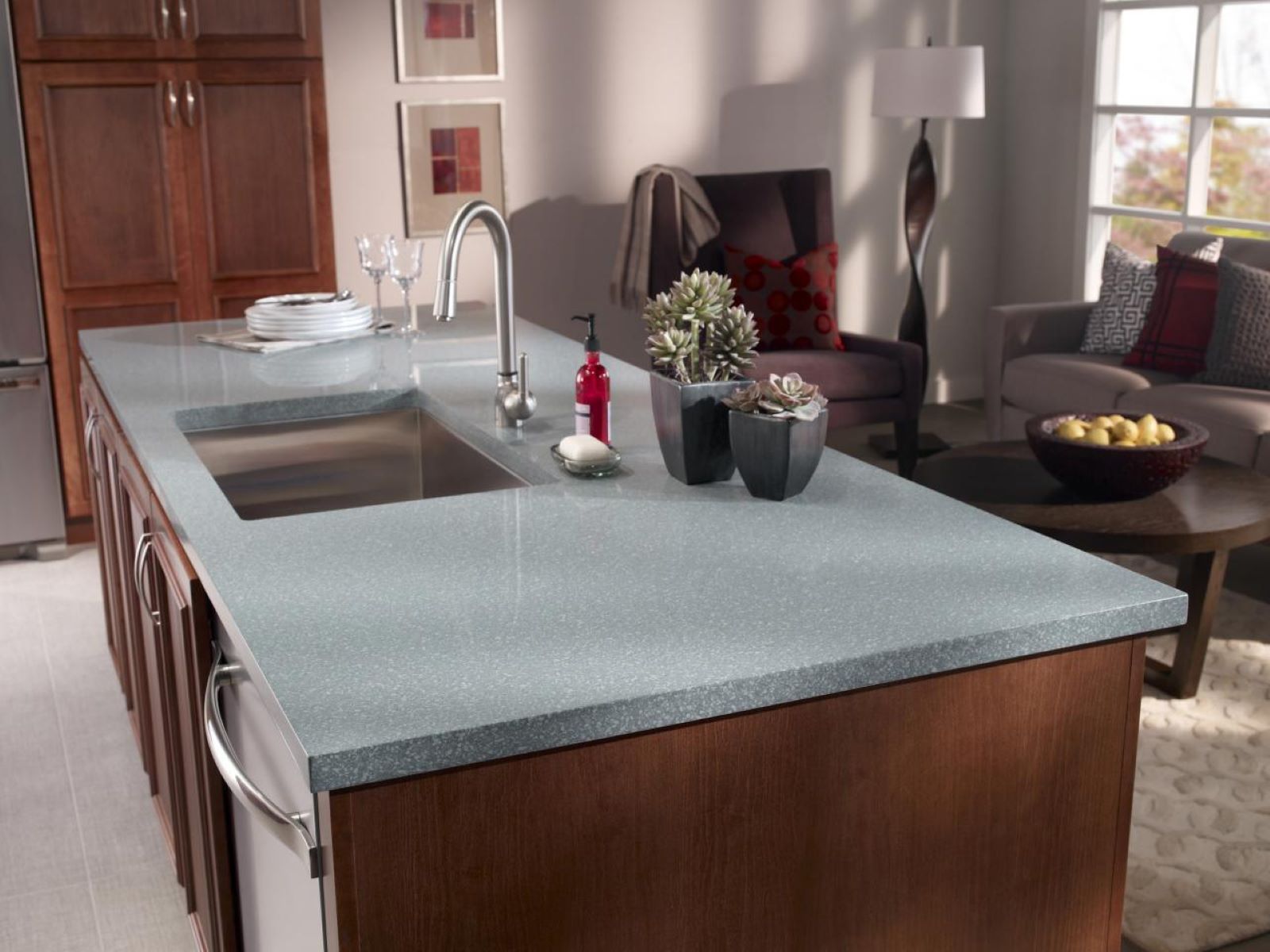
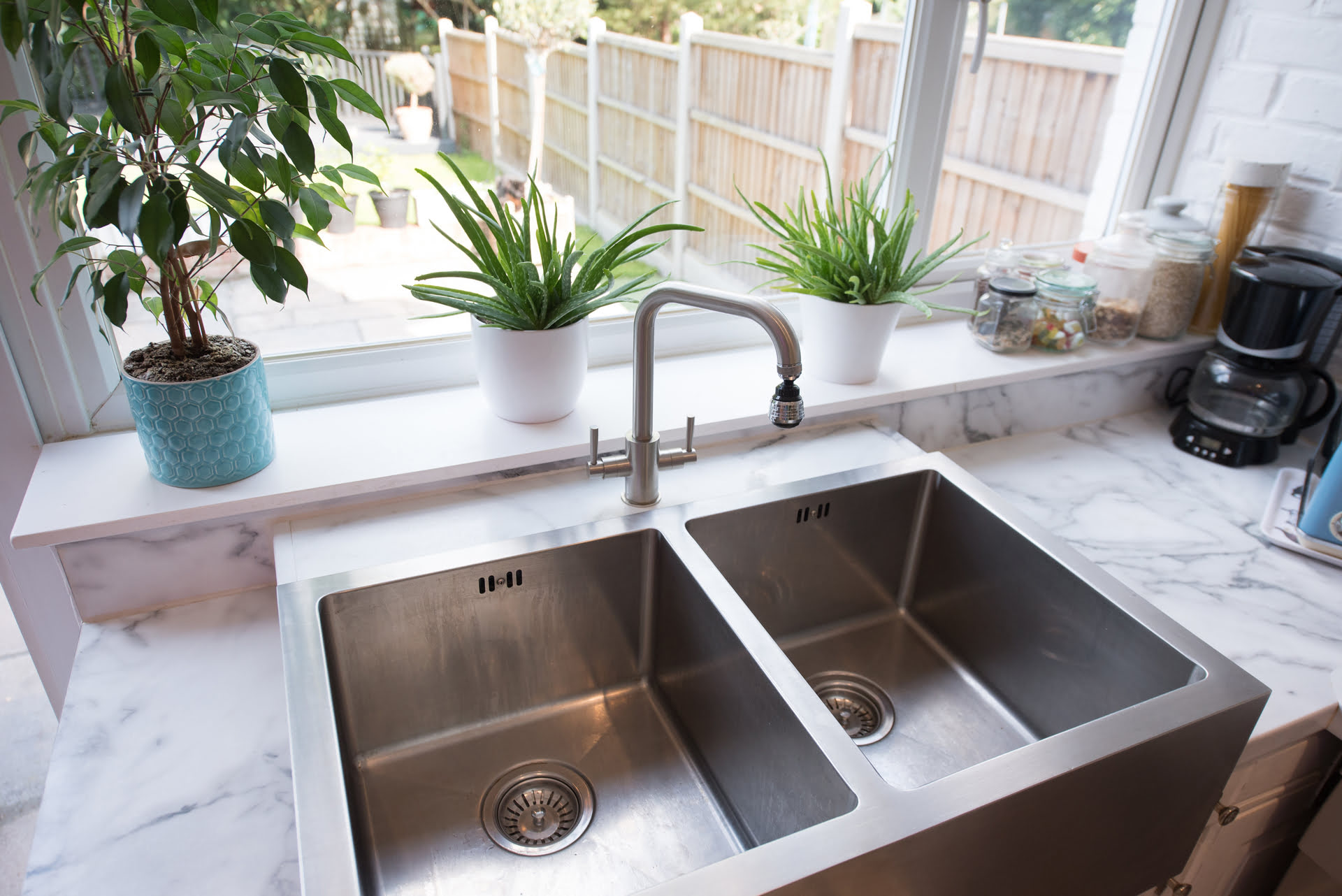
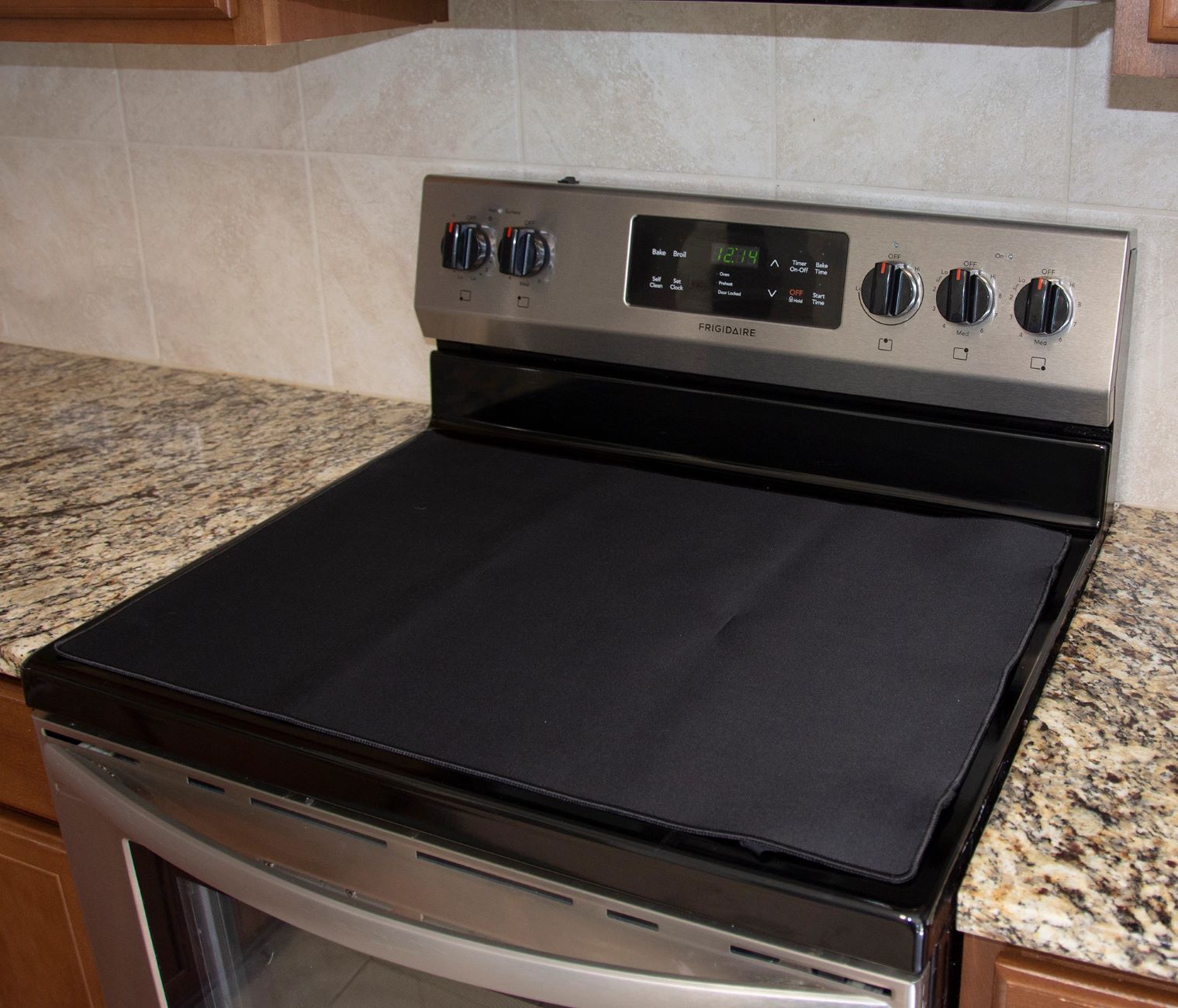
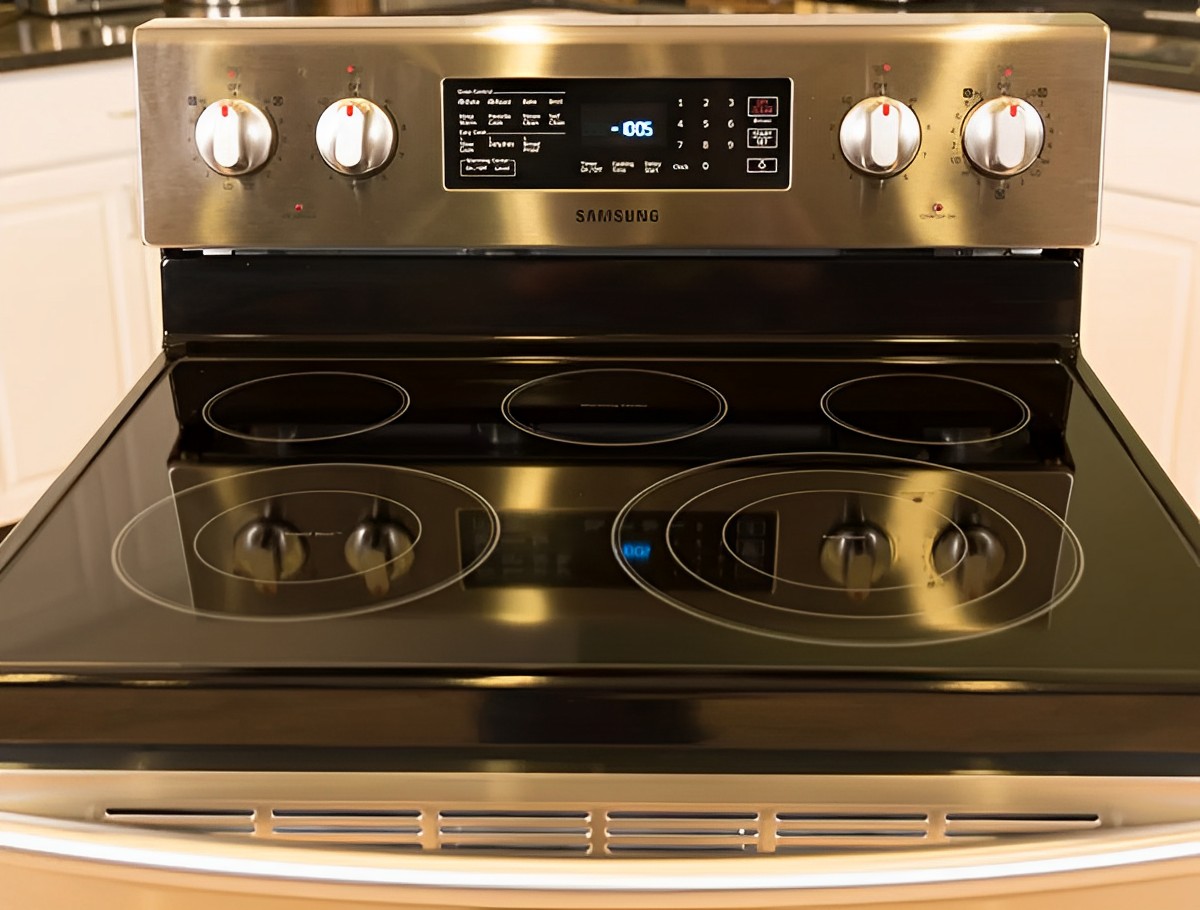

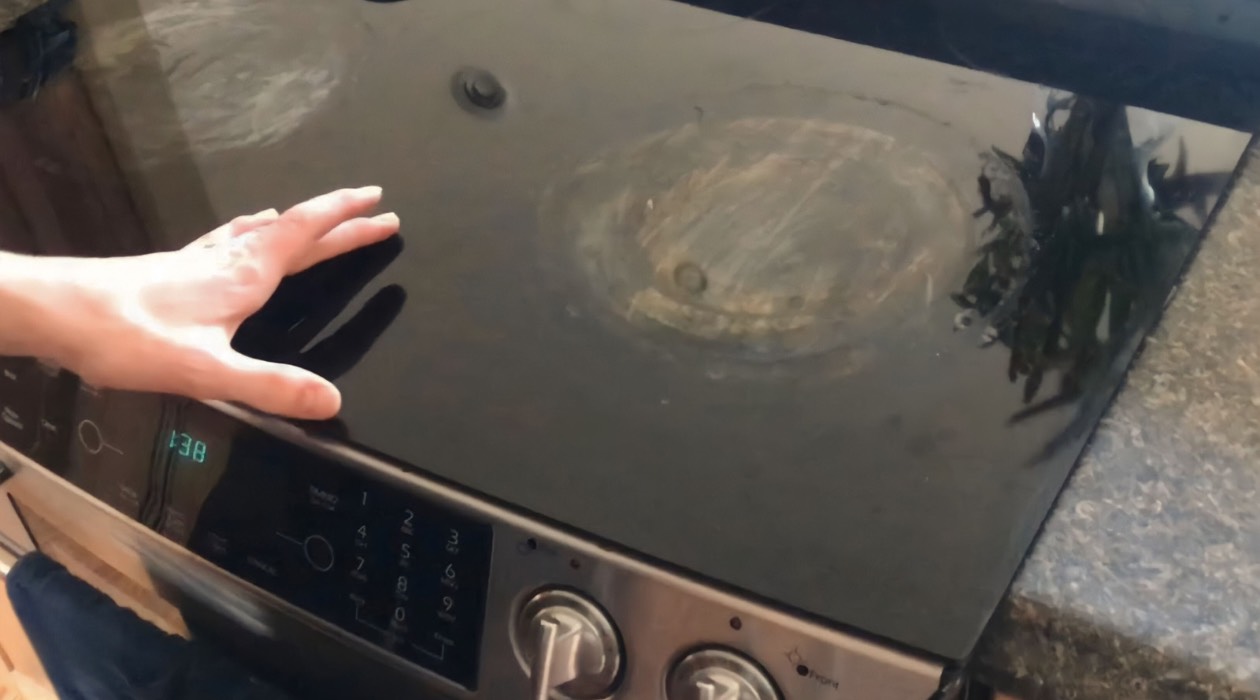
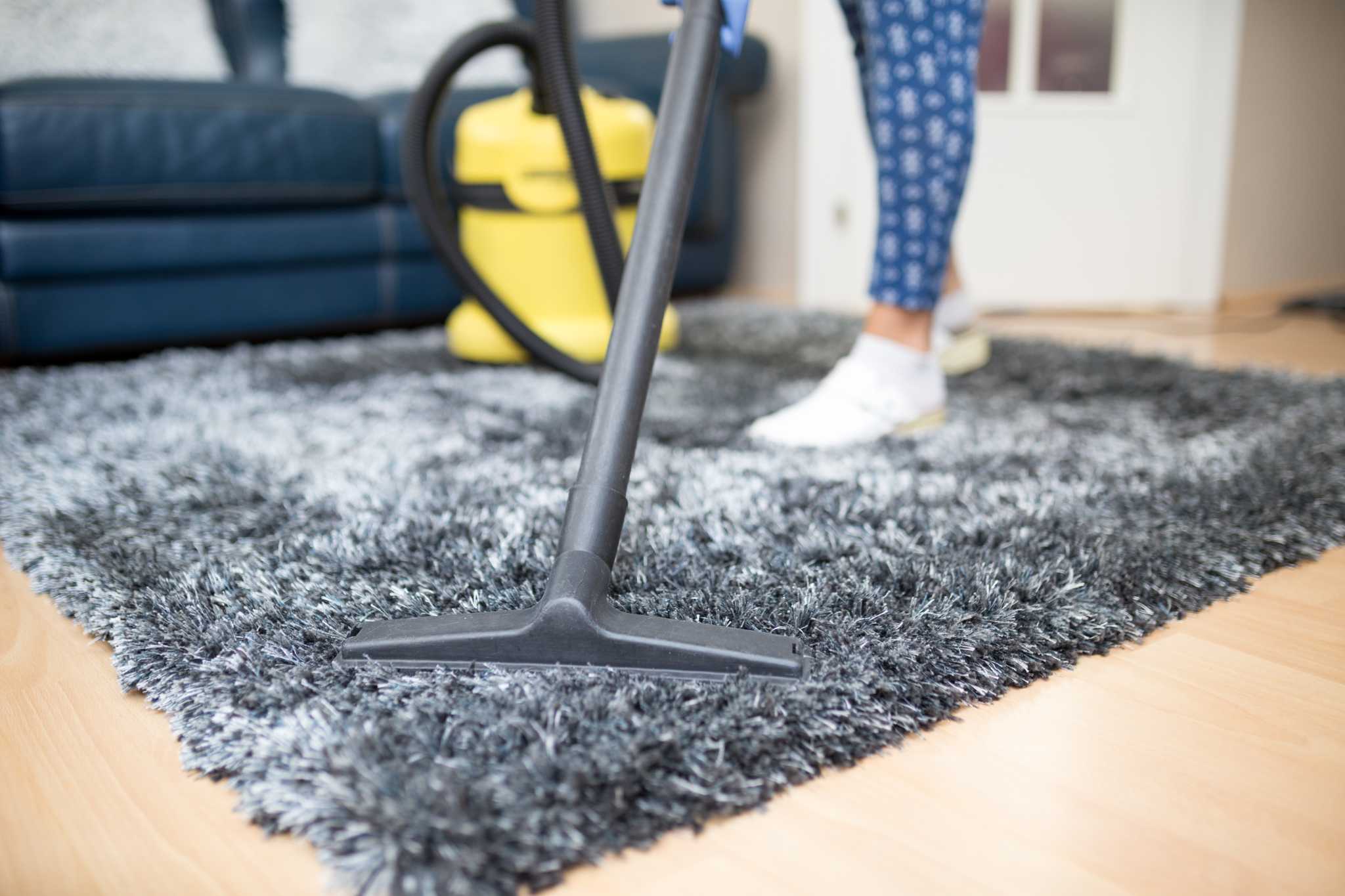
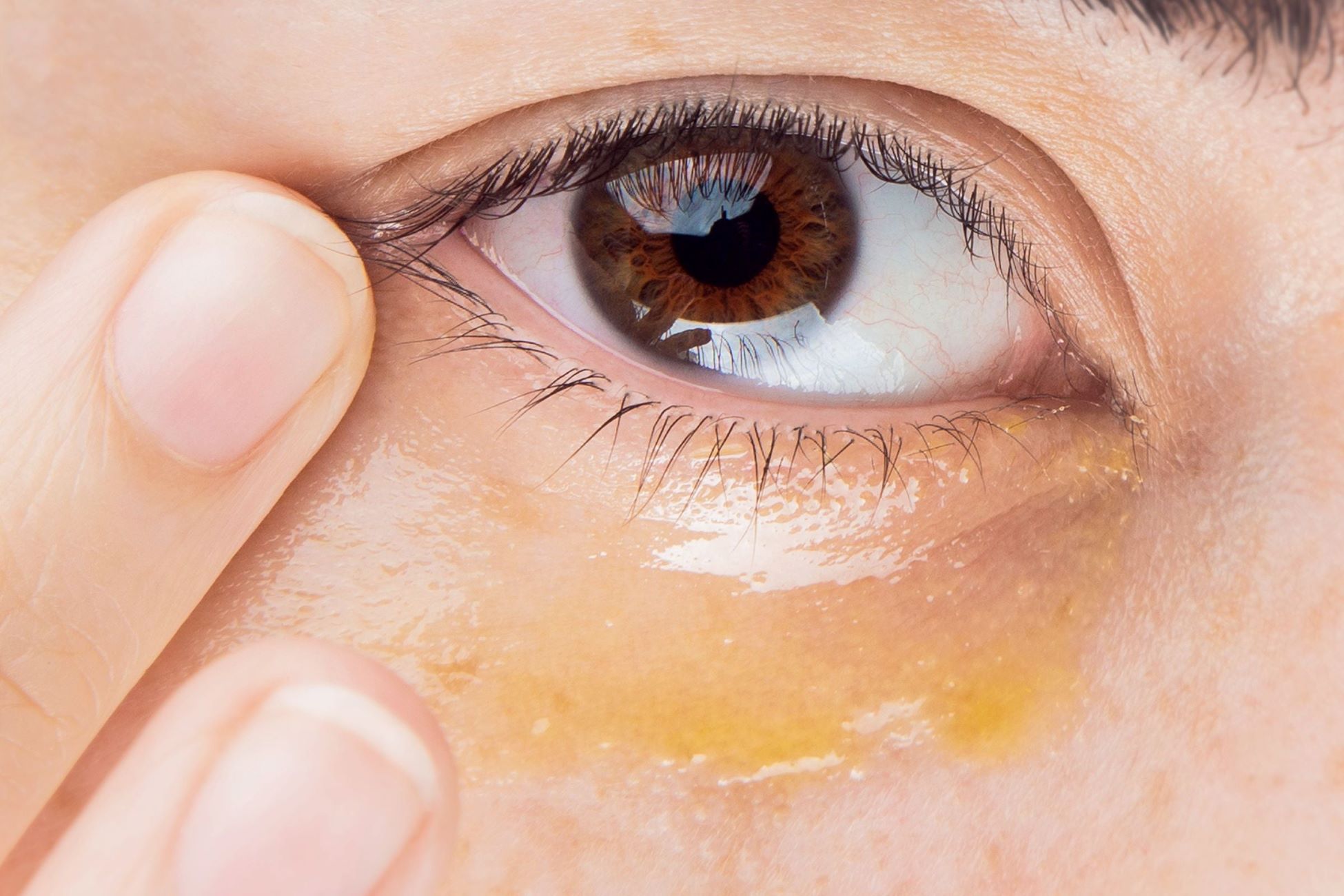
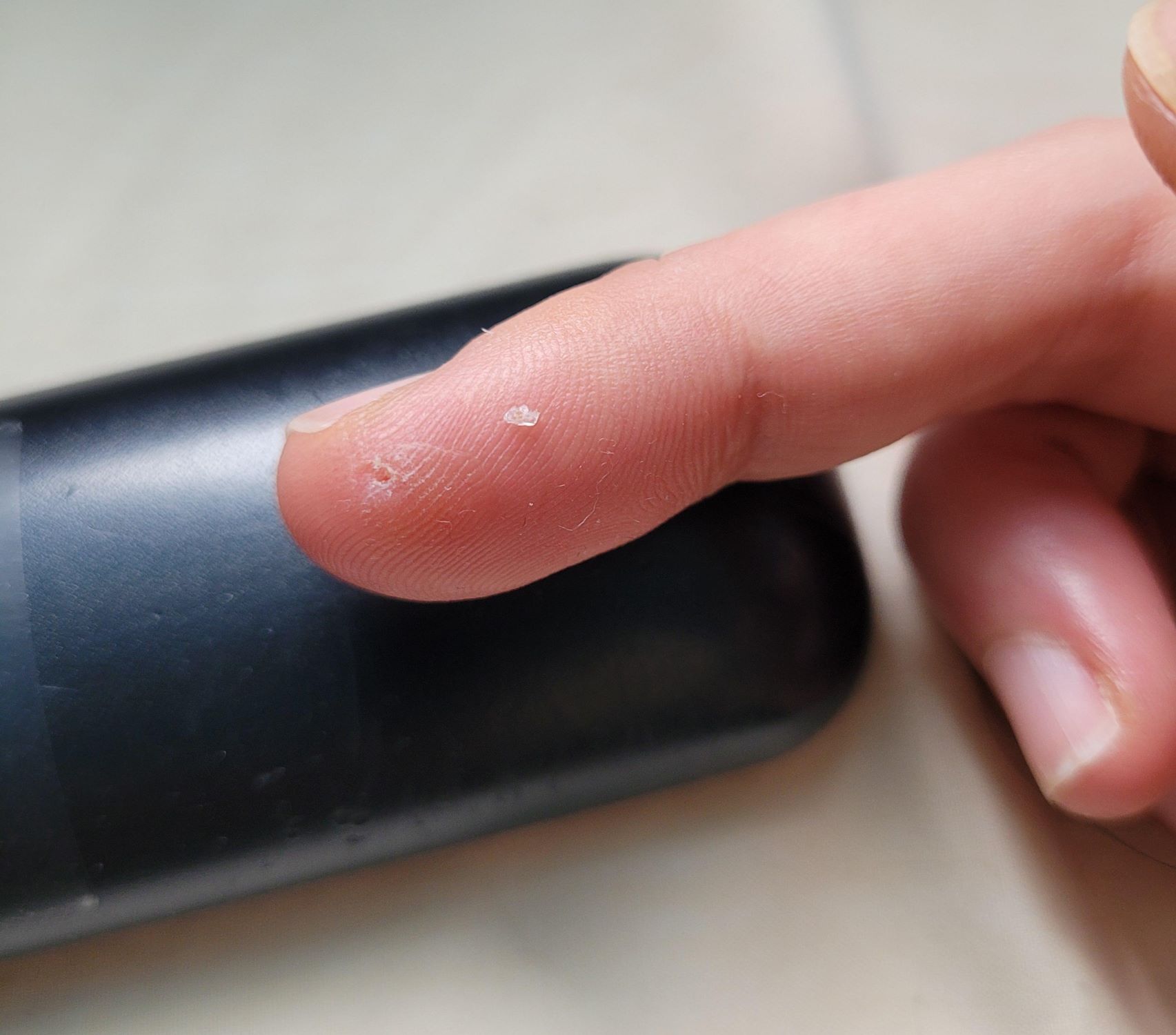
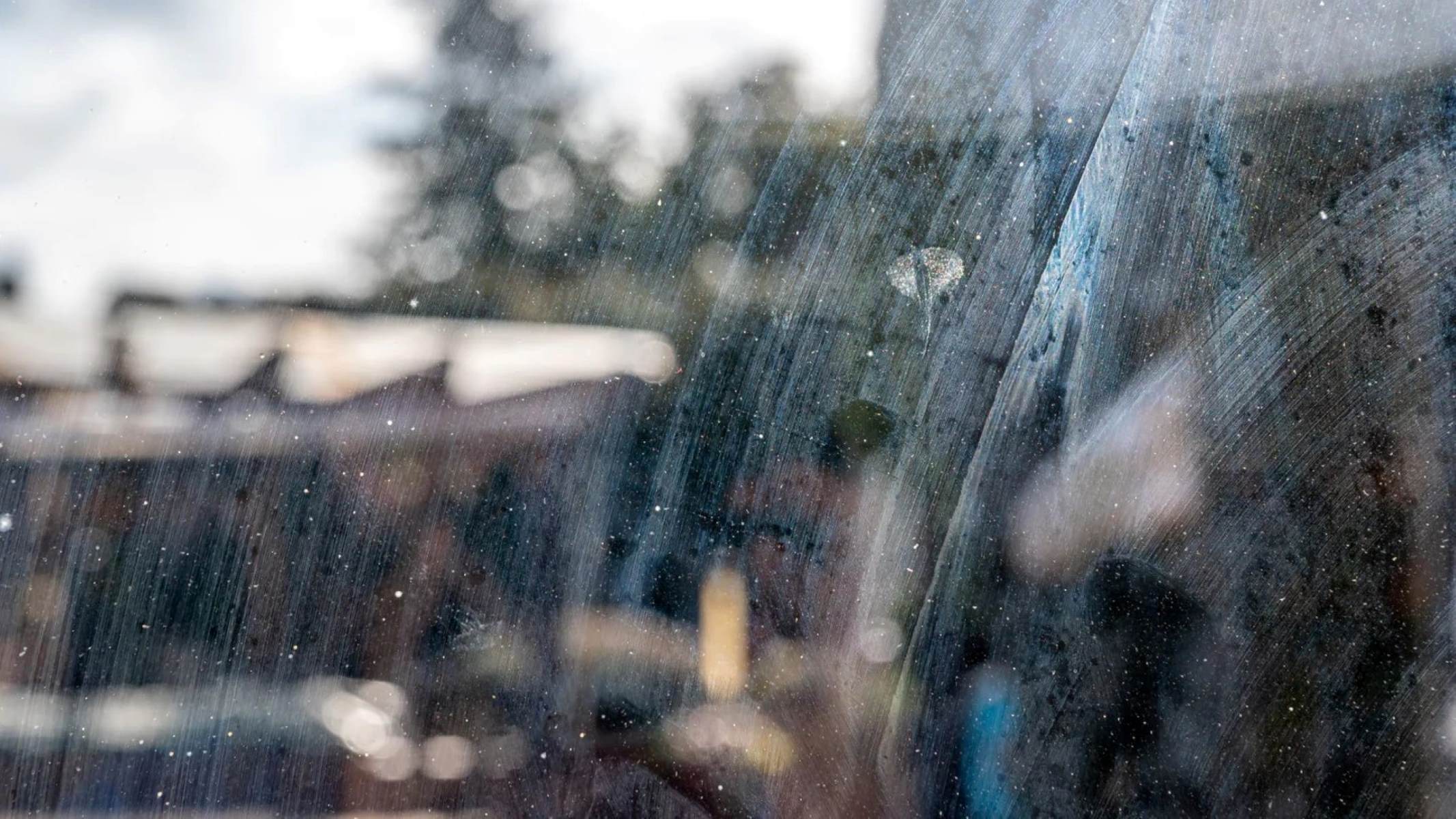

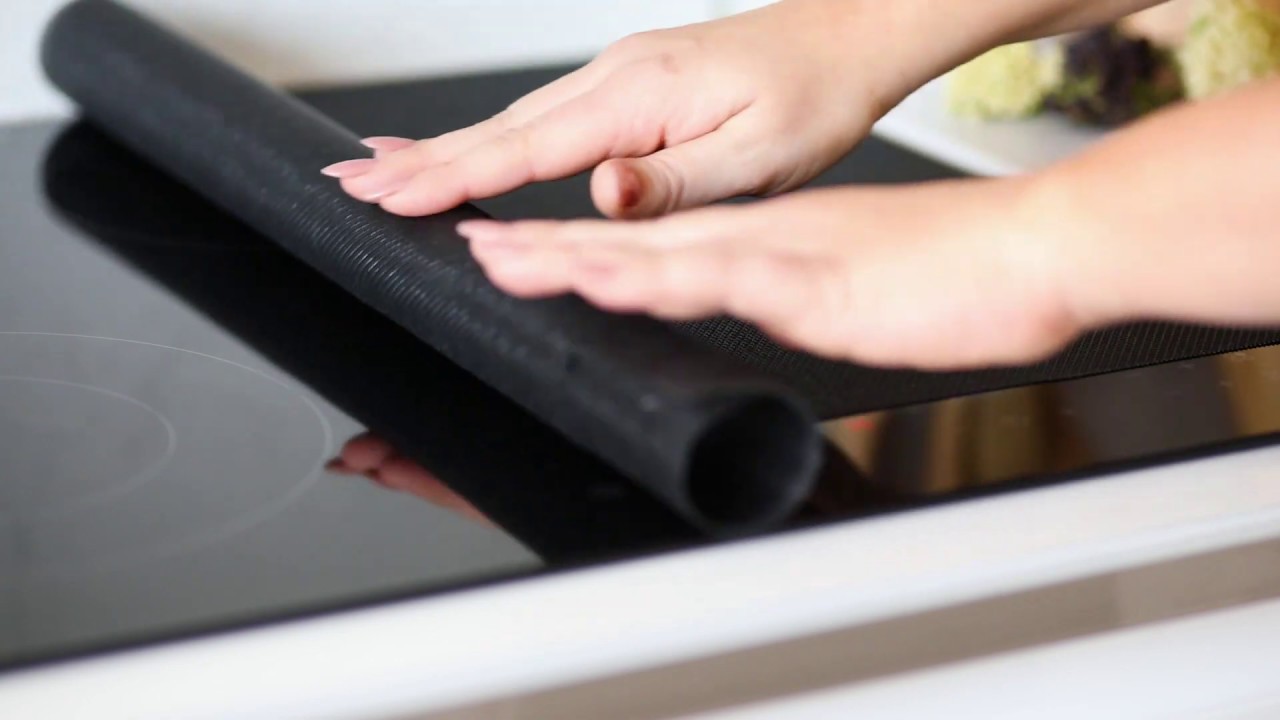
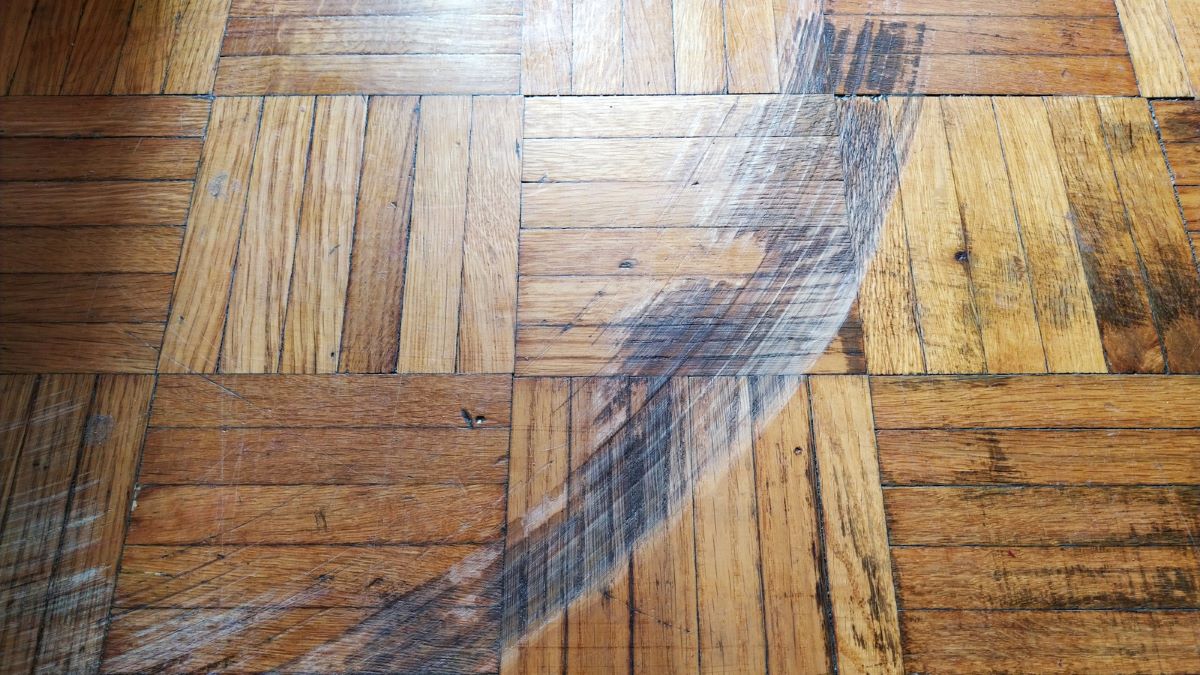

0 thoughts on “How To Get Scratches Out Of A Glass Stove Top”